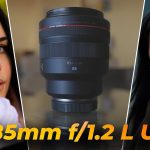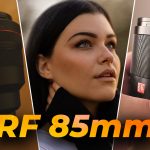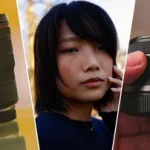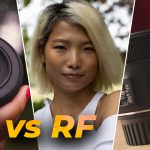Hi guys. Today we’re going to have a look at a member of the so called RF Trinity of professional lenses, the Canon RF 15-35mm f2.8 L IS USM.
In this article, we’re going to have a look at this really expensive lens, and we’re going to discuss what it’s good for, and who should buy it.
This lens really is expensive. If you’re curious how much it costs, I have affiliate links down, but you’ve been warned.
Before we begin, just to let you know, some of the B-roll for the video above was shot on a Canon R5 with a Canon RF 85mm f1.2 L USM lens, and the rest was shot on an iPhone 13 Pro Max.
Now, let’s start with one of the reasons why I primarily use this lens for my B-roll.

Aperture & Focal Length
In terms of aperture, the 15-35mm can open up to f2.8, which means that it allows in more light than the EF-S 18-55mm kit lens, for example.
This is ideal in low light situations, and if you’ve been watching my channel recently, you might have noticed that I do like to shoot B-roll in dimly lit conditions.
Do bear in mind that the body of the R5 also helps with this, as it is a full-frame camera, and it also has fantastic dynamic range.
Ok, so it opens up wide, allowing you to shoot in low light conditions, without pushing the ISO too high, and thus introducing noise.
Before we move on, I’d like to also point out that the f2.8 aperture is fixed. Whether you’re at 15mm focal length, or 35mm, you can still do f2.8. On other lenses, such as the EF-S 18-55mm Canon kit lens, you can do f3.5 when zoomed out, but as you zoom in, the minimum aperture that you can use goes up, thus you get less light.
Focal Length
What about the focal length?
Well, it’s an ultra-wide lens, as it zooms out all the way to 15mm, and it can also zoom in to 35mm. As I use it primarily for B-roll, filming products which I hold in my hand, zooming out allows me to fit the products in frame.
If its focal length was, say 85mm, like in the case of the Canon RF 85mm f1.2 L USM lens, it would be nearly impossible to fit my hand into frame, as you would be far too zoomed in.
I normally shoot my B-roll at around 20-24mm, as 15mm can look a bit distorted, and I sometimes zoom all the way to 35mm if I think that looks better.
In addition to that, I also stay away from 15mm due to the built-in image stabilisation. Both the R5 and the lens have it built-in, and they communicate with each other. The problem is that when you’re filming at 15mm, if you look at the corners, you’ll see distortion, as the IBIS system is working in real time to stabilise the image.
When zoomed a little bit in, even at 20mm, the effect is either barely noticeable, or it goes away completely.
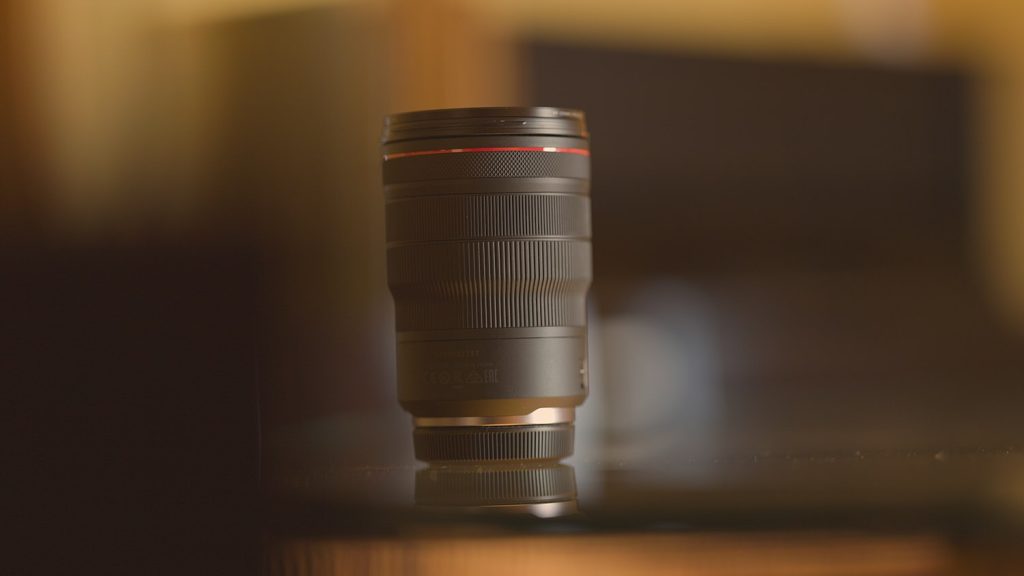
Size & Build
As soon as you get this lens in your hand, you’ll realise just how well this lens is built. Not only does it feel amazing and premium, but it looks the part.
I’ve had people who don’t know anything about photography remark as to how pro the R5 + RF 15-35mm setup looks. This is a pro and a con, as if normal people can tell it’s expensive, then so can thieves.
As always, be aware of your surroundings when using this lens outdoors, as it screams ‘expensive pro lens’.
The lens itself is also quite beefy, looking almost comically big on the relatively compact R5 body. It measures 130mm in length, 280mm in circumference at its thickest point, and 85mm in diameter.

Image Quality
Now, let’s talk about the image quality. For a lens this expensive, you expect it to deliver great image quality, and it does.
When filming people, for example, you should ideally stick to 35mm, as 15mm is far too distorted and unflattering. 35mm is closer to what you actually want for portraits, which is either 50mm or 85mm.
As you can see on screen, you can get some amazing images with this lens, especially if you know what you’re doing in terms of lighting and composition.
Also, most of my recent videos have been shot on the R5 with this lens, especially the camera reviews, so you can obviously get some fantastic results with it.
If you want to photograph people, I’d probably look at the RF 85mm f1.2 L USM, as that focal length is a lot more flattering, but this lens is definitely better for video, due to its built-in image stabilisation.
The B-roll of this lens, shot with the 85mm was a bit unwieldy, due to the lack of IS. I did my best to get it to work, and it does, but using the 15-35mm is so much easier, due to the IS.
When it comes to focusing, the lens is good to focus to 11 inches, measured from the sensor, so you can get really close to your subject, while still being in focus. Given the fact that you can also zoom in to 35mm, you can get some really close-up shots, with a beautiful, buttery soft background.
Speaking of focusing, the auto-focus is really fast. I actually had to go into the camera settings in order to slow it down, as slower focusing looks more cinematic than fast focusing.

Control
In terms of controlling the lens, you have the usual AF/MF button on the side, but the most notable thing is the ring right near the glass element.
In fact, you have three rings on the barrel, one for zooming, one for focus, and a programmable click control ring. You can actually program it in the menu to change different things, like shutter speed, auto-focus mode, etc.
From what I’ve seen, almost everyone just disables it unfortunately, as it’s awkward to use, and you could accidentally touch it with your hand, and change settings without intending to.
Good idea from Canon to implement it, but in reality, it’s not really that useful. If you use it yourself, let me know down below how you use it, and why.
Longevity
When it comes to durability, given that it’s a lens, you obviously want to be careful with it. As soon as I purchased mine, I put a Sigma 82mm UV ceramic filter on it, to protect it.
The idea is that if something hits it, or I accidentally bump it on a hard corner or something, the cheaper filter breaks, thus saving the lens itself.
Given how much this lens cost, I was more than happy to spend a little bit more on a quality filter, as a form of actual insurance.
When you purchase the lens, you also get a petal-style hood, and a soft carrying pouch. The hood will help with accidental bumps, though once you take it out of the carrying pouch, I’m not sure what you’re supposed to do with the pouch itself.
If you have enough money to spend on this lens, you obviously have a professional camera backpack for it.
As a quick side note, apparently the front and rear glass on the lens is protected by fluorine, which is a smudge-resistant coating that repels moisture and grease. That’s great for the rear lens, but I keep my filter on anyway.
In terms of weather sealing, it is protected from dust and splashes. That’s great to know, but given that I mostly shoot B-roll, I’m never in a position where I have to shoot in really adverse weather.
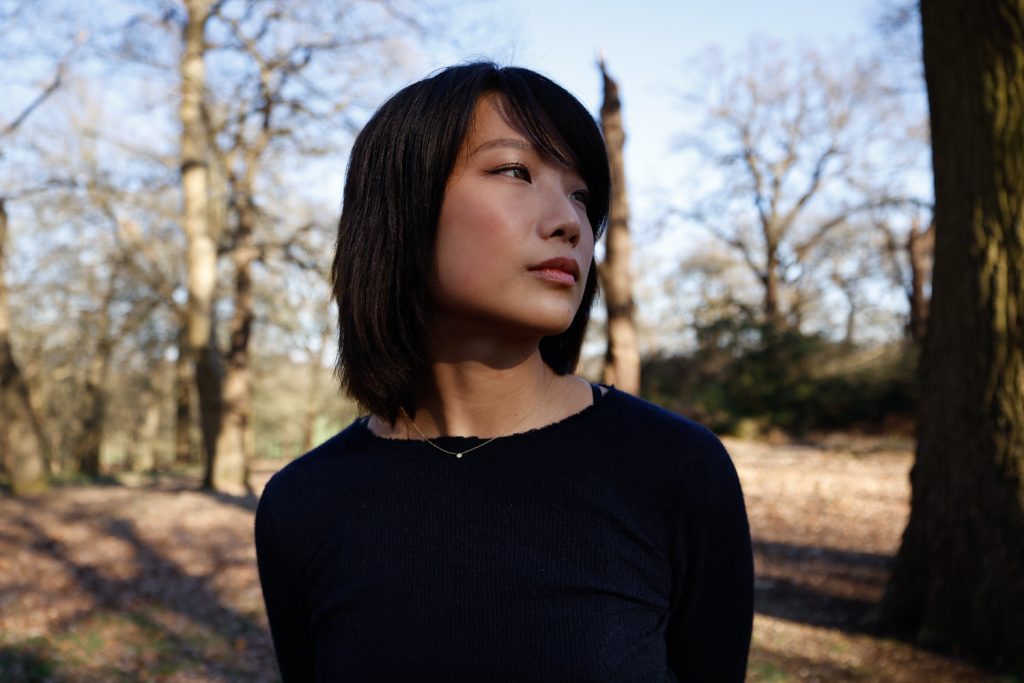
Conclusion
So, in conclusion, should you buy the Canon RF 15-35mm f2.8 L IS USM lens?
If you want to capture crowds, large groups of people, or do street photography where you want to capture the sense of the space, it’s perfect.
It’s also great for B-roll, which is what I primarily use it for.
If you want to shoot portraits, within the same price range, I’d recommend something like the Canon RF 85mm f1.2 L USM, review coming for that soon.
If you’d like to purchase any of the items I’ve mentioned in this article, or see how much they cost in your country, I have a link down below where you can view them.
Thank you for reading my review of the Canon RF 15-35mm f2.8 L IS USM. I invite you to have a look at some of my other articles. We have something for everyone, whether you’re interested in audio, or cameras and lenses. Alternatively, if you prefer video reviews, feel free to have a look at my YouTube channel.
Product Links
Down below you will find all of the items I talked about in this article.
